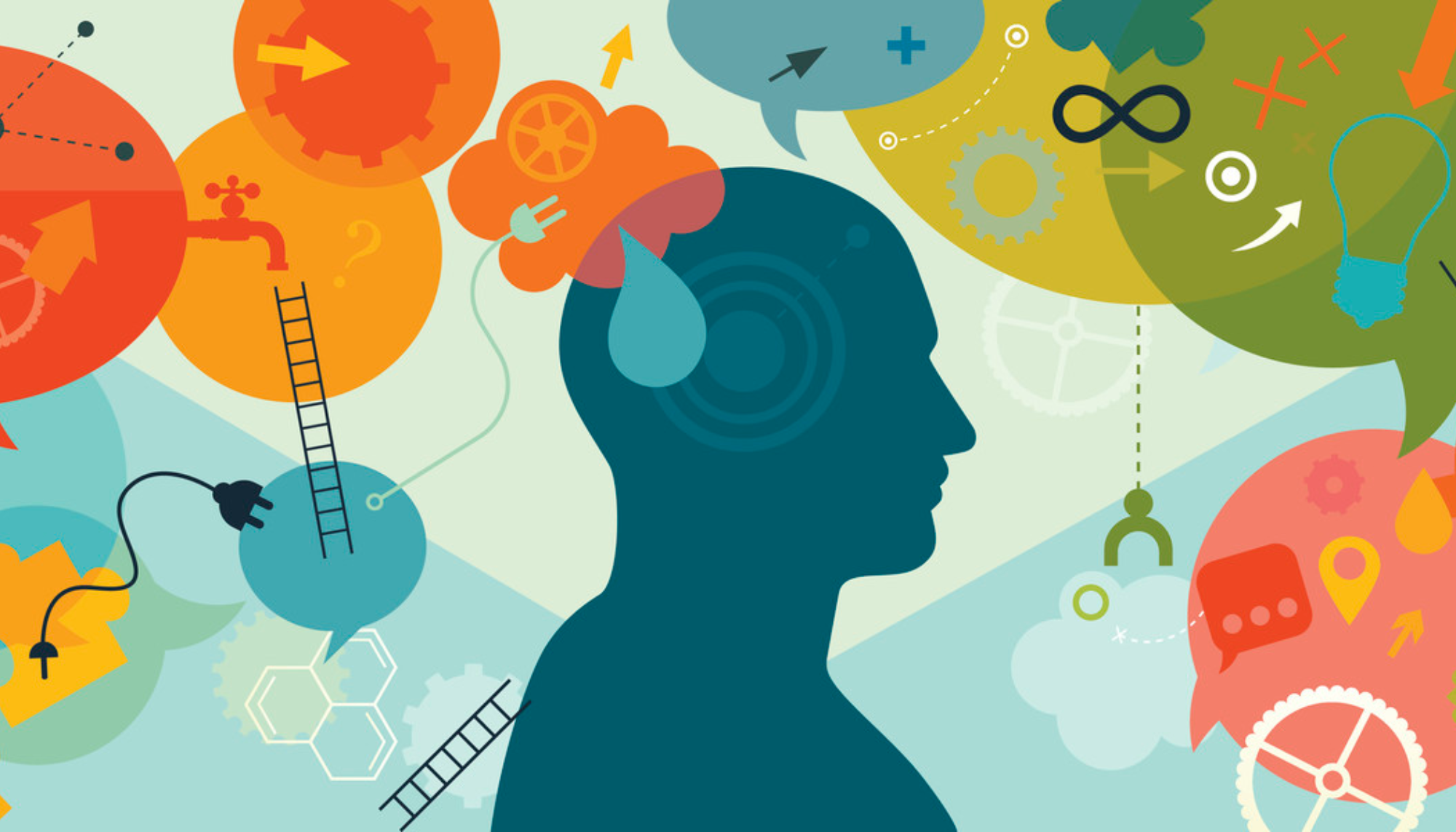When thinking about business matters, most of us think about technological advancements, digitalization, and automation, which, at least to some, is a bit of a daunting prospect for the future. However, amidst all these developments, human experience (HX) is one of the fastest-growing fields, where every interaction an individual has with a business is considered.
In this blog, we’ll have a look at human experience, what it targets, why it is so important and how Apex can help you reach your targets.
What is Human Experience?
Let’s first examine human experience (HX). HX is a way of examining people’s interactions with your brand from a slightly different perspective. It doesn’t just look at the surface; instead of focusing on making things easier or faster, it’s all about ensuring that everything feels authentic and shows the human touch.
With technology growing leaps and bounds, replacing many areas where, in the past, you would communicate with a human, customers and employees feel the need for qualities only a human can provide, whether it’s person-to-person interaction or through the internet, where automated replies and AI-generated responses increasingly replace human-to-human interactions.
Core Components of Human Experience
To better illustrate the core components of human experience, let’s consider an example. We studied major retail brands to evaluate how their customers’ experiences aligned with their expectations regarding emotional engagement and loyalty. Our research revealed that these factors are closely connected to the three core components of human experience: emotional, cognitive, and behavioral responses.
Emotional Responses
Emotions are at the heart of every experience, so it’s time to get emotional. They shape how we feel in various situations and influence our reactions. Users are more likely to engage with a brand when they experience a positive emotional response.
Cognitive Responses
Cognition is all about how we think and process information. So, in this case, it’s how the data and information are presented, allowing the user to use it to make an informed decision on the product or service they are showing interest in.
Behavioral Responses
Finally, behavioral responses are the actions we take based on our emotions and thoughts. View it as your heart and your brain joining up with their experiences and making the final decision.
As you can see from our study, even the biggest and most successful retail brands are tapping into each element to drive better customer outcomes, whether for acquisition or retention. This type of user research highlights how important it is to address each of these aspects to improve the human experience.
HX vs. Traditional CX: Expanding the Experience
Our research study focuses on improving brand consistency and the quality of customers’ interactions with the brand. It shows how HX goes beyond the traditional CX by focusing on more comprehensive, human-centered experiences.
Customer experience can be influenced by both technology and human interaction. It forms the foundation of a wider understanding of how and where brands are succeeding or have room for improvement. These insights don’t just measure a brand’s performance but can also guide growth. Leveraging CX data can help brands shift from a purely transactional mindset to a more holistic human experience that many users are looking for within the digital world.
CX insights provide valuable information on how customers feel at specific points in their journey, from satisfaction scores and feedback loops to interaction data to determine what works and what doesn’t. However, if you want to take the customer experience to the next level and turn it into a richer, more human-centered experience, these insights can show you where to expand.
Where traditional CX often focuses on efficiency and outcomes, HX digs deeper and examines whether customers feel heard or their emotional needs are met. HX adds a psychological layer to create stronger, more personal connections that go beyond meeting expectations and increase customer loyalty as well.
CX data typically focuses on individual touchpoints, such as how long a customer waits or whether they are satisfied with the interaction. But HX looks at the entire journey. Are there gaps where the experience feels disconnected? Using these CX insights to address these areas can help create more seamless, cohesive engagements that truly reflect the human experience.
While CX often focuses on short-term wins, like resolving issues quickly or improving satisfaction scores, HX plays a longer game by building lasting relationships. By analyzing CX data with an HX perspective, brands can identify where they can deepen trust and improve loyalty, transforming one-time users into long-term customers.
Shifting from CX to HX is about looking at the bigger picture. It’s not just about delivering good service—it’s about making people feel understood, valued, and connected to your brand on a human level. The CX insights our research study can provide are the key to making that shift.
Our research study focuses on improving brand consistency and boosting the quality of customer interactions by blending customer experience (CX) and human experience (HX). While traditional CX focuses on the practical side of customer interactions, HX takes it a step further by centering on more human connections. At Apex, we combine the strengths of both to help your brand offer a seamless well-rounded experience that drives both loyalty and growth, giving you the best of both worlds.
CX is all about understanding how customers engage with your brand—whether it’s through satisfaction scores, feedback loops, or analyzing how interactions unfold. It helps you see where things are working and where there’s room for improvement. But if you stop at just CX, you risk limiting yourself to transactional gains, like resolving issues or speeding up processes. HX brings a deeper layer into the mix by focusing on how customers feel throughout their journey, helping you build more meaningful, lasting relationships.
HX doesn’t just look at whether a customer’s problem was solved; it digs deeper into whether they felt heard, valued, and emotionally connected. This approach lets you address more than just surface-level pain points. It helps you strengthen loyalty by creating experiences that resonate with customers on a personal level, not just a transactional one. For example, while CX might show you how long a customer waited for service, HX will tell you whether they walked away feeling genuinely satisfied and valued.
By combining CX insights with HX strategies, Apex helps brands take their customer experience to the next level. You’ll not only address immediate issues but also create a more cohesive, emotionally consistent experience across every touchpoint. This approach helps bridge any gaps where the experience might feel disconnected, ensuring your customers’ journey with your brand feels seamless and human.
While CX often focuses on short-term wins, like improving satisfaction scores, HX looks at the bigger picture—building long-term relationships that foster trust and loyalty. Apex’s approach helps brands use CX data with an HX mindset to shift from quick fixes to building deeper, more meaningful connections that keep customers coming back. With Apex, you’ll create a brand experience that’s not just efficient, but one that leaves a lasting impression.
The Role of Emotional and Cognitive Design in HX
As mentioned above, CX is focused more on technical and procedural improvements, but if brands want to connect on a deeper level, emotional and cognitive design plays a significant role in creating these engaging connections.
In the past, the main question for brands has been: “How do we get people to buy?” This has now given way to “What do people really need or want, and how can we make it happen for them.” In a day and age where competition is fiercer than ever, brands are looking at these emotional factors to stand out among others.
While most people ultimately make rational decisions based on the pros and cons, getting there is still steered by emotions, such as comfort, trust, and a general feeling of being taken care of.
Emotional design focuses on how a product or service makes a user feel and is not just about the rational listing of benefits. The goal is to evoke positive emotions, like joy, trust, excitement or satisfaction, through an array of elements such as:
- Visual Appeal: Colors, typography and layouts that make a user feel comfortable.
- Delight: Small details that surprise or evoke a happy emotional response, such as animations or personalized messages.
- Trust and Confidence: Intuitive design that makes users feel secure, especially in an e-commerce or financial setting.
When comparing products or services from different companies that are similar in their features and benefits, these comparatively small things can be the decisive factor.
On the other hand, cognitive design is all about optimizing the mental processes users go through when interacting with a brand or product. It focuses on how a user processes information, makes decisions, and solves problems. Cognitive design aims to reduce cognitive load by making tasks easier, faster, and more intuitive.
Users appreciate clear navigation and intuitive interfaces that help them get to where they want to go without getting confused or overwhelmed. This can be achieved by giving them immediate and clear responses to their actions so they know what’s happening and what to do next.
By combining these two, you can ensure usability and functionality while appealing to the user’s emotions and creating a deeper connection.
How Brands Create Human-Centered Experiences
When you look at our retail research, it becomes clear that many brands aim for a human-centered experience to deepen the connection between the brand and the consumer.
By combining online and offline experiences and personalized interactions, brands can create this human-centered experience that many users crave, making them feel more than just a number in the system.
Human experience focuses on using personalization to appeal to emotions and empathy to create a connection that can deepen and extend the customer relationship. It combines the brain’s cognitive decision that a product or service is good with the emotional connection that rounds off why that decision is the right one.
Business Impact of Human Experience
In pretty much every industry, complacency means stagnation and the potential to lose ground to the competition. By focusing on the human experience, brands can increase customer loyalty, which can turn into brand advocacy and a positive brand perception, and stay ahead of the curve and competition.
In a time when customer retention is as important as customer acquisition, HX can significantly influence how customers perceive a brand and react to it. By making existing customers feel comfortable and emotionally connected and drawing in new customers via the same parameters, brands can grow their business organically and consistently and set themselves up for long-term growth and success.
Tools and Strategies for Improving Human Experience
In the past, initiatives to analyze user and consumer research and transform it into actionable strategies were very long-winded processes involving a lot of manual labor and interpretation. Thankfully, this has dramatically changed over the last few years, giving brands efficient tools and strategies to get the insights they are looking for.
Data is a powerful asset when it comes to understanding how your customers think and behave. By analyzing the right data, you can gain better insight into how customers interact with your brand and where you can improve. This can be done through direct customer feedback via surveys, reviews, or behavioral heatmaps that allow you to see how users navigate your website or app and determine if they get stuck. Using historical data, you can also anticipate future behaviors and proactively address customer needs.
Especially in this area, the rise of AI-powered tools has been a game changer. Apex has developed a unique solution that can analyze and process data at scale, determine patterns and trends that you can use to understand customer emotions and preferences and create a roadmap you can use to build your strategy going forward. This allows us to find emotional, cognitive and behavioral pain points that can be addressed and improved.
Storytelling and aligning with brand values are key components in making a customer journey more relatable and human. Users are more likely to connect with your brand if you share your values and tell stories that resonate with them. Authenticity is key in stories that matter to your audience, such as your origin story, how your products make a difference, or stories from happy customers. All of these can build an emotional connection.
Finally, personalization is where you can deliver experiences that feel relevant to your customers. Whether through dynamic content, personalized offers and emails, or behavioral targeting, you can make the customer feel valued and connected.
Real-World Examples of Human Experience in Action
Our retail research study into CX insights has been an excellent look into how much CX builds the foundation for improvement on several levels of the customer journey. Insights like these can both confirm that specific initiatives are on the right track or show where improvement is needed.
By gathering and analyzing these data sets, we can spark innovation and work toward creating a more holistic human experience that resonates with customers and helps your brand grow long-term.
The Future of Human Experience
The way brands interact with people is changing fast, and it’s all about creating a more human-centered experience. As technology advances and consumer expectations shift, brands must stay ahead of trends like immersive technologies, AI-driven personalization, and the growing demand for transparency. Let’s briefly look at what’s next for Human Experience (HX) and how brands can adapt to these changes.
Augmented Reality (AR) and Virtual Reality (VR) are already transforming how brands engage with their customers, and this trend is bound to continue through virtual showrooms and AR environments where customers can try out products before buying, like visualizing how furniture fits in their living room or how a new pair of glasses looks on them.
AI is also revolutionizing personalization, allowing brands to create tailored experiences that meet individual customer needs. This type of unique experience can move a customer closer to a brand as they feel understood. AI will also continue to play a major role in data analysis and processing to give insight into customer behavior and experience.
More than ever, consumers want to support brands that align with their values. Transparency has become a critical factor in building trust and loyalty. Moving forward, brands must be more open about their practices, from product sourcing to sustainability efforts.
To stay ahead in the changing landscape of HX, brands need to adapt to evolving consumer expectations. With customers increasingly drawn to genuine brands, brands must embrace this authenticity and build stronger emotional connections with their audience. Social responsibility has also long outgrown its status as a buzzword and has become a key factor in how consumers make decisions, whether it is sustainability or ethical business practices.
Harness the Power of Human Experience with Apex
The human experience has become critical to success. By focusing on HX, brands can create more profound, more meaningful connections with their customers and employees, leading to greater loyalty, satisfaction, and long-term success.
Apex combines scientific expertise and cutting-edge technology to analyze data and use it to elevate user experience and satisfaction. We’ll do the heavy lifting and help simplify customer understanding through behavioral science and AI.
Contact Apex today to schedule a walkthrough to learn about our foundations in behavioral science, our approach and deployment process and how we harness technology to tailor programs to your specific needs.

Discover CX Innovation
Leave traditional market research behind and unlock the transformative potential of data-driven decision-making.




